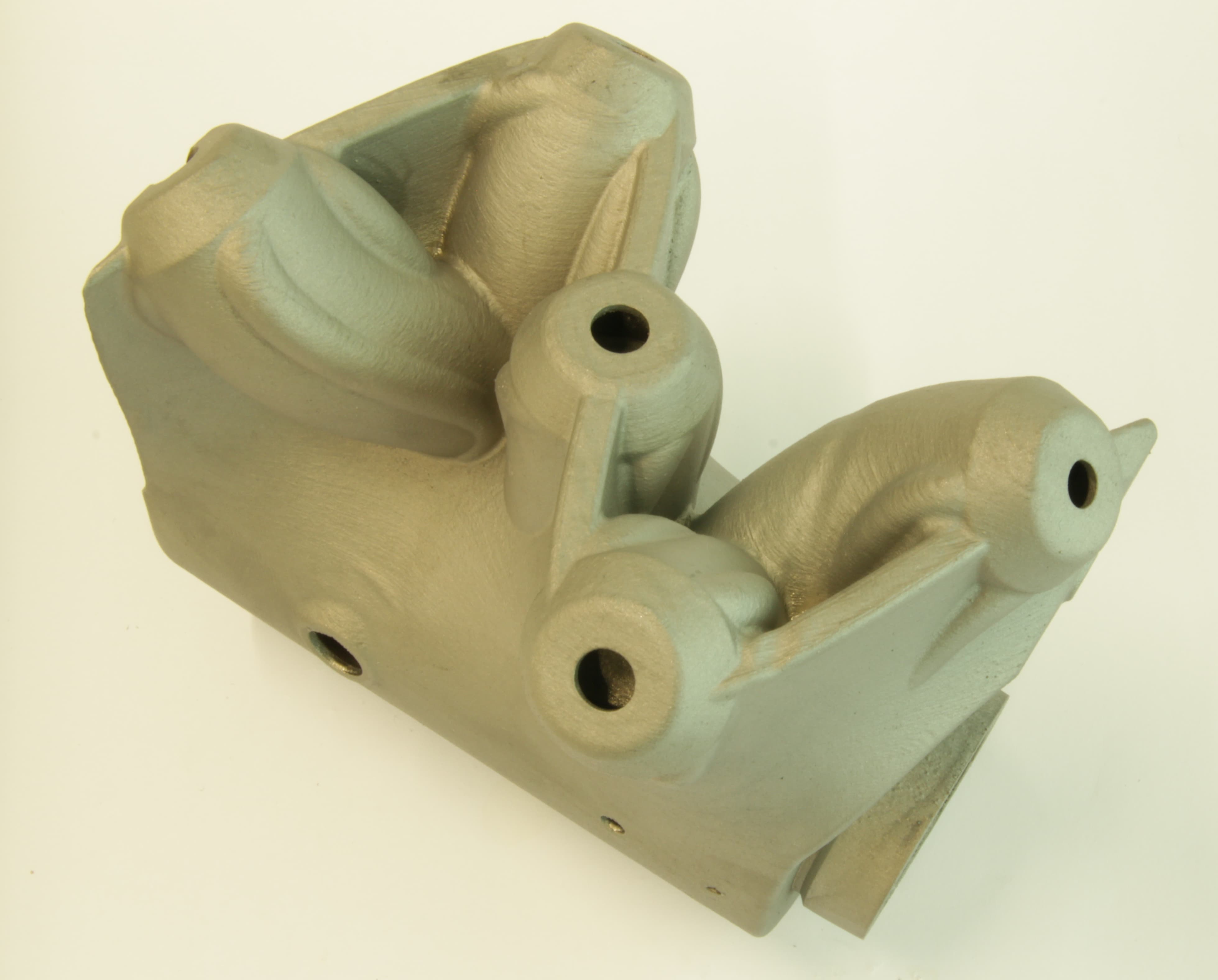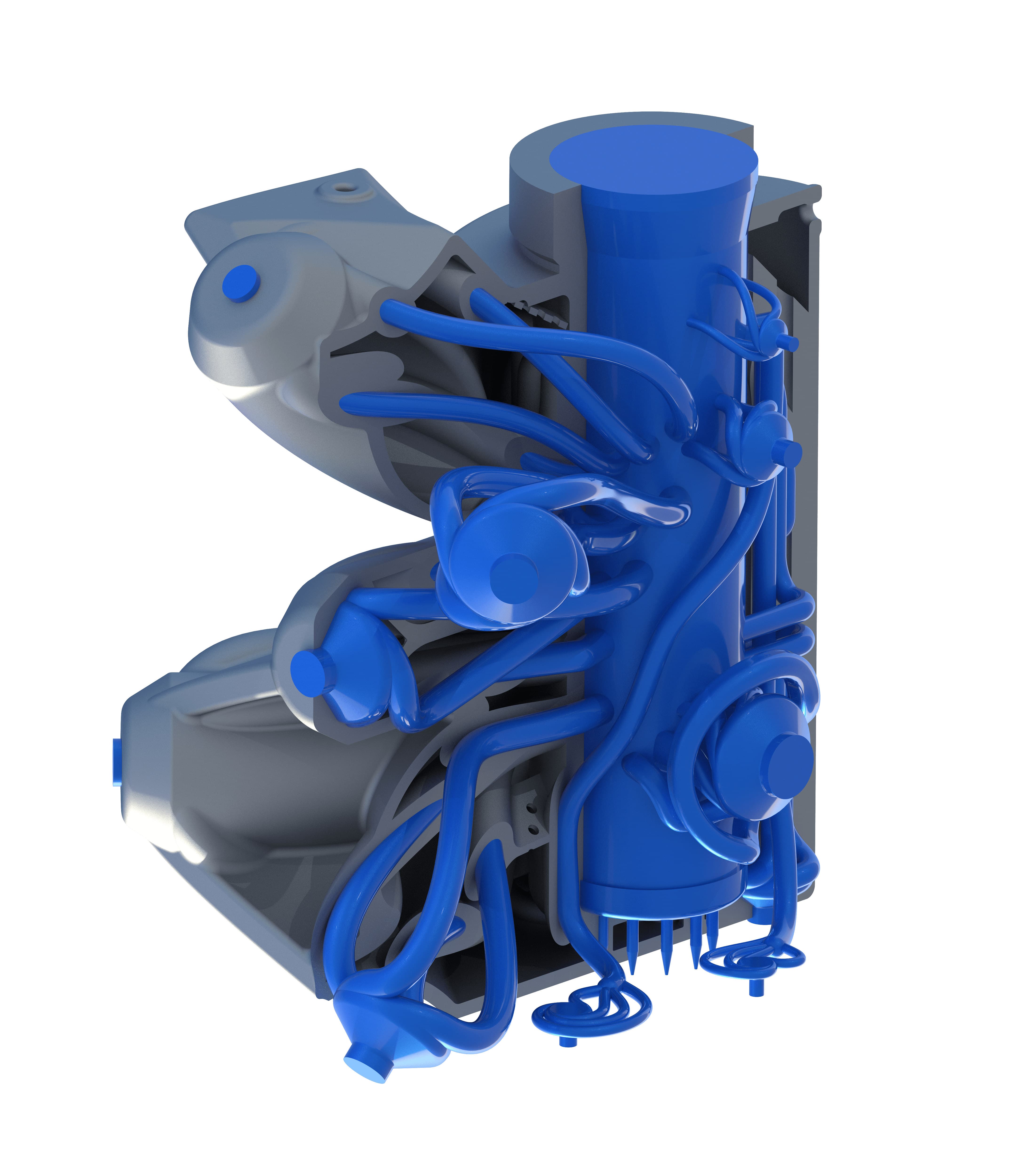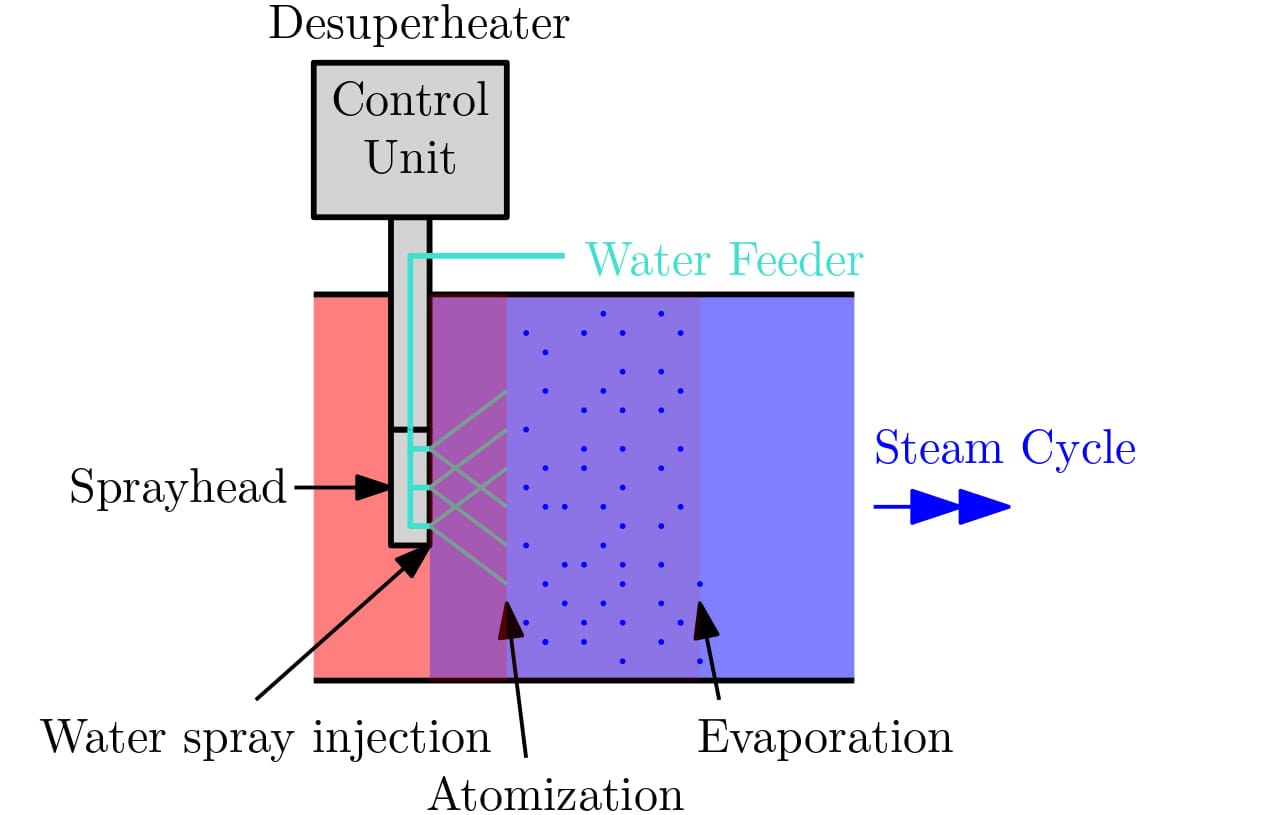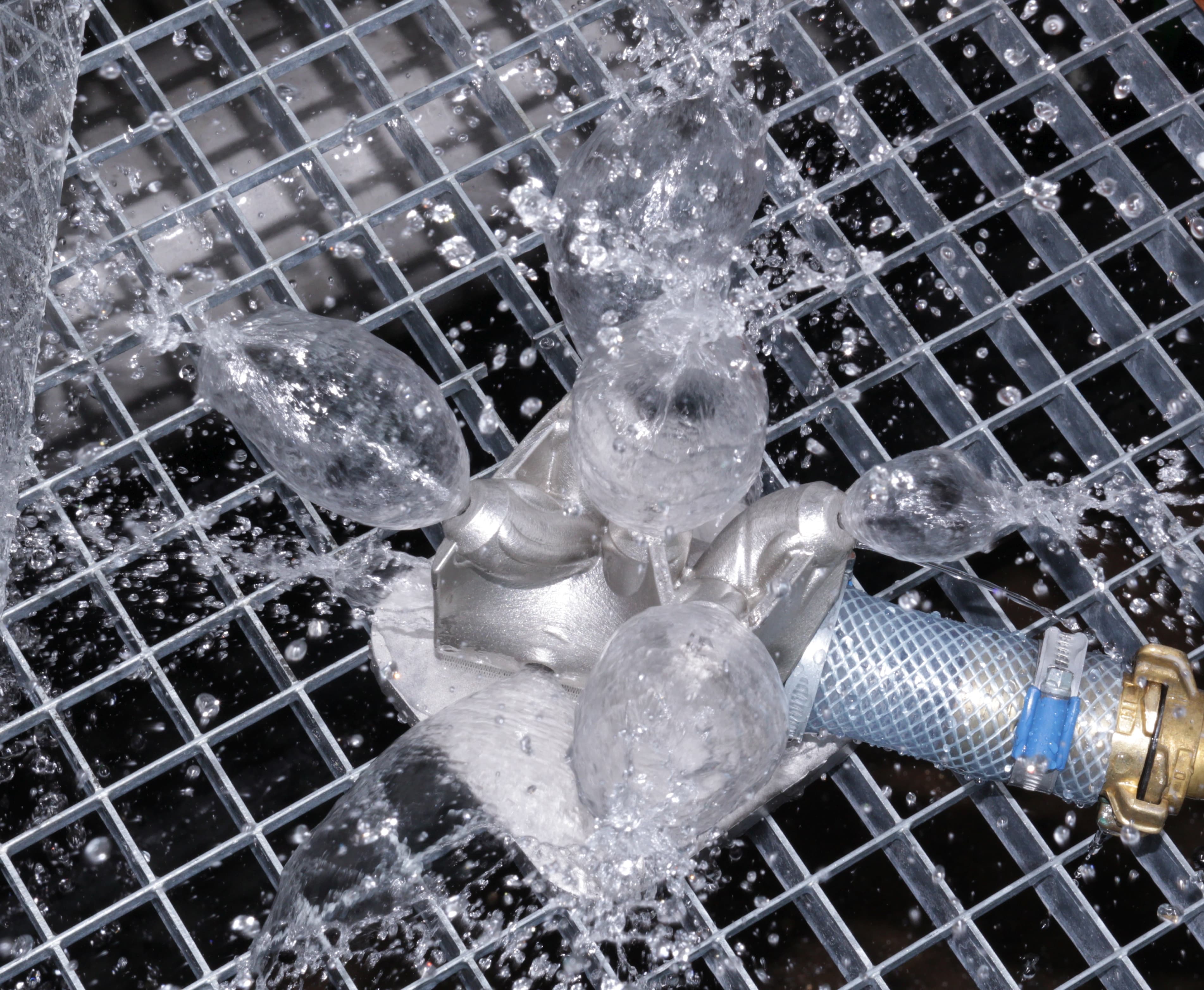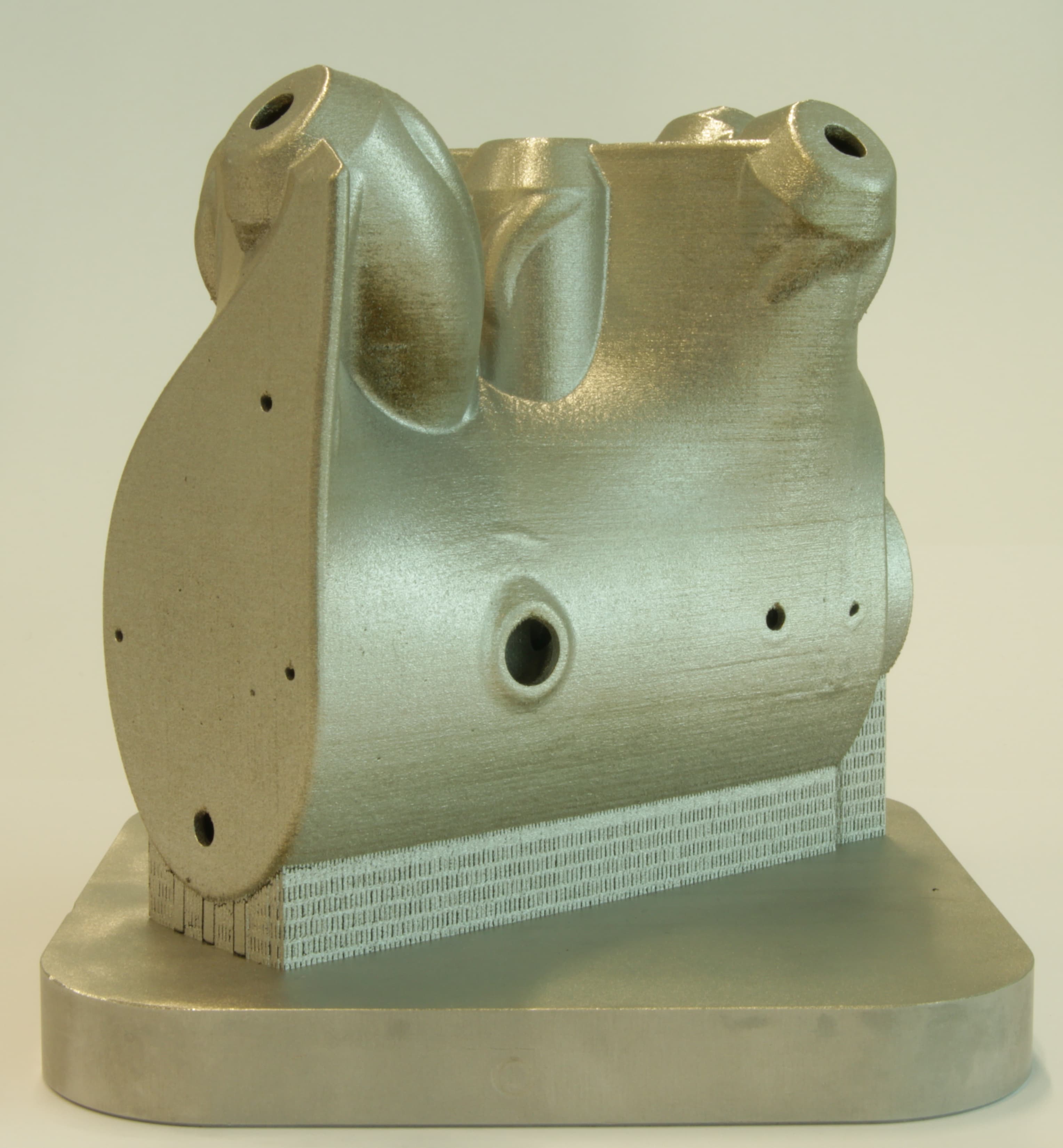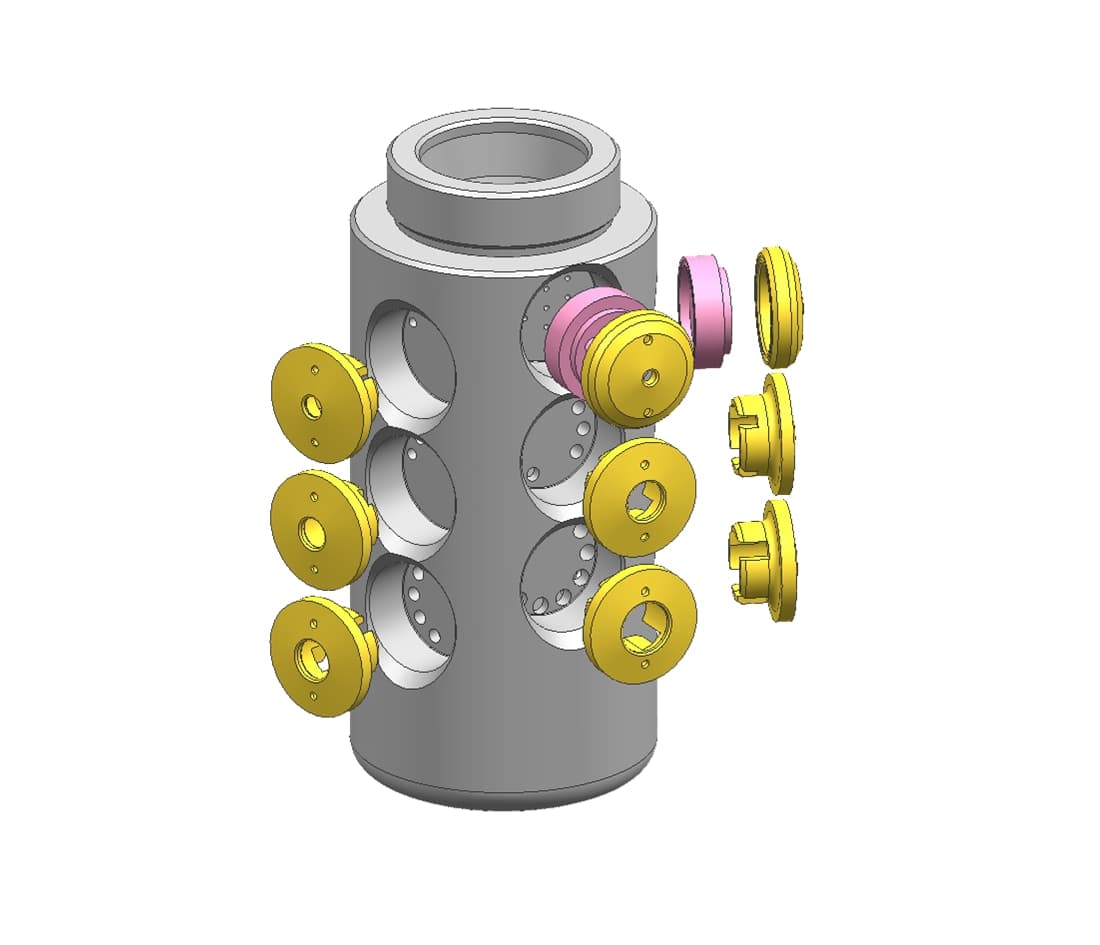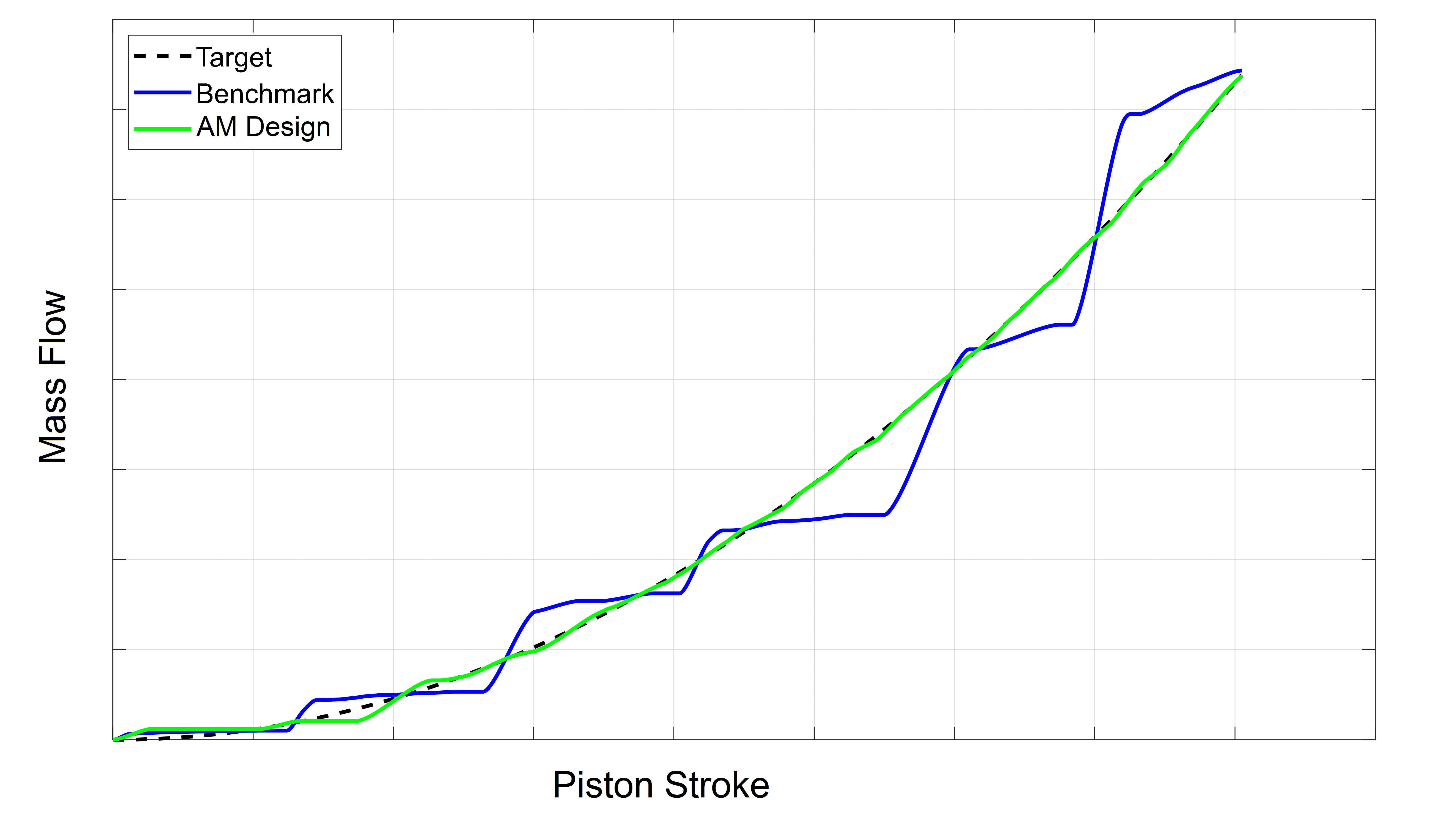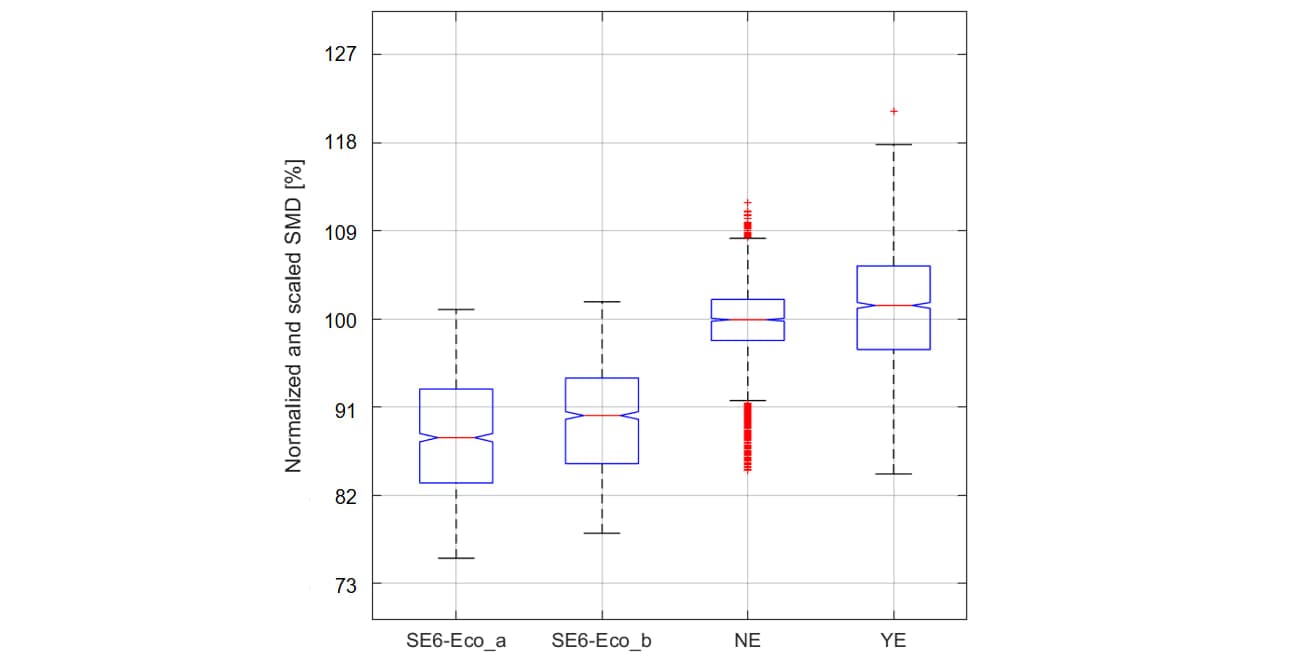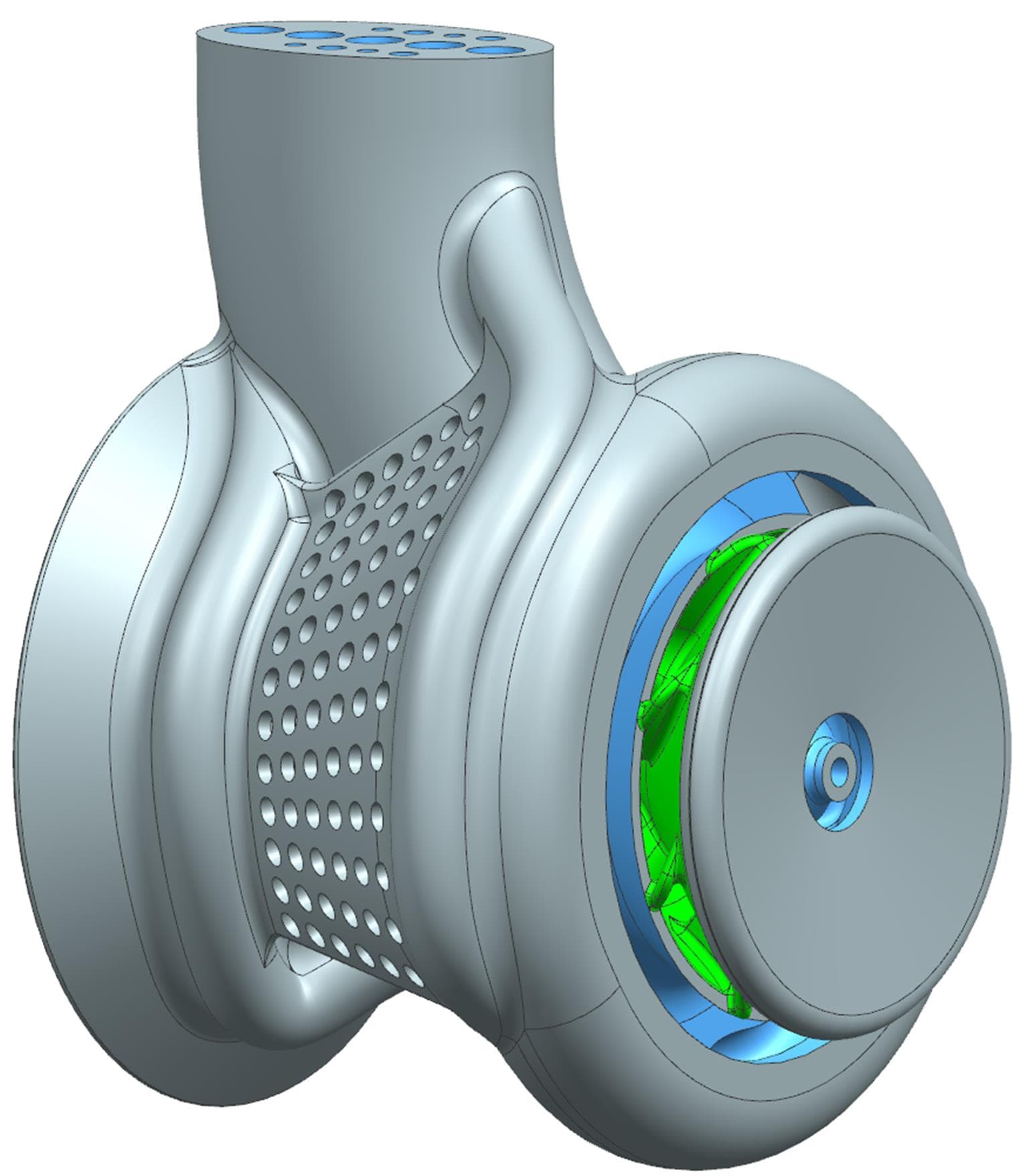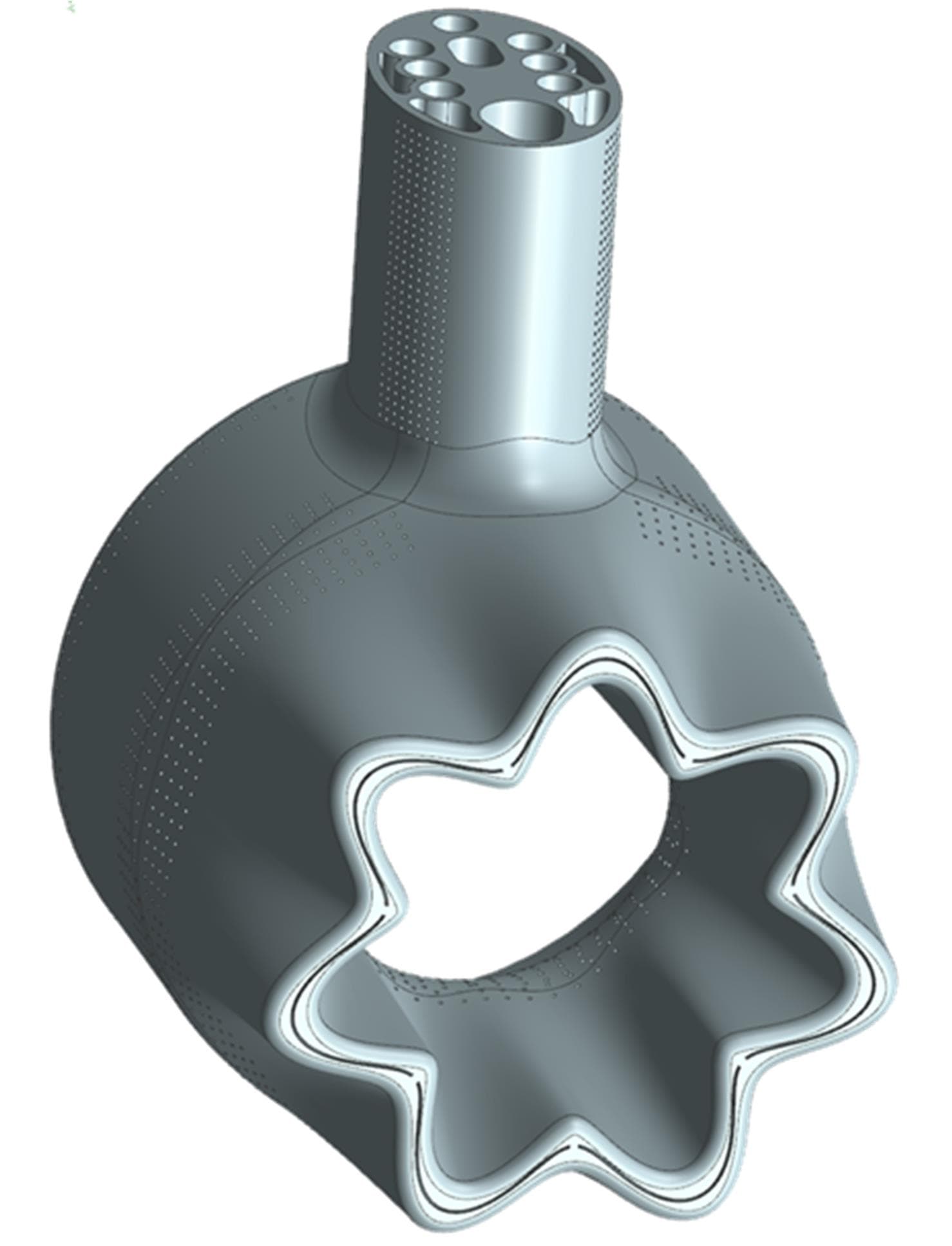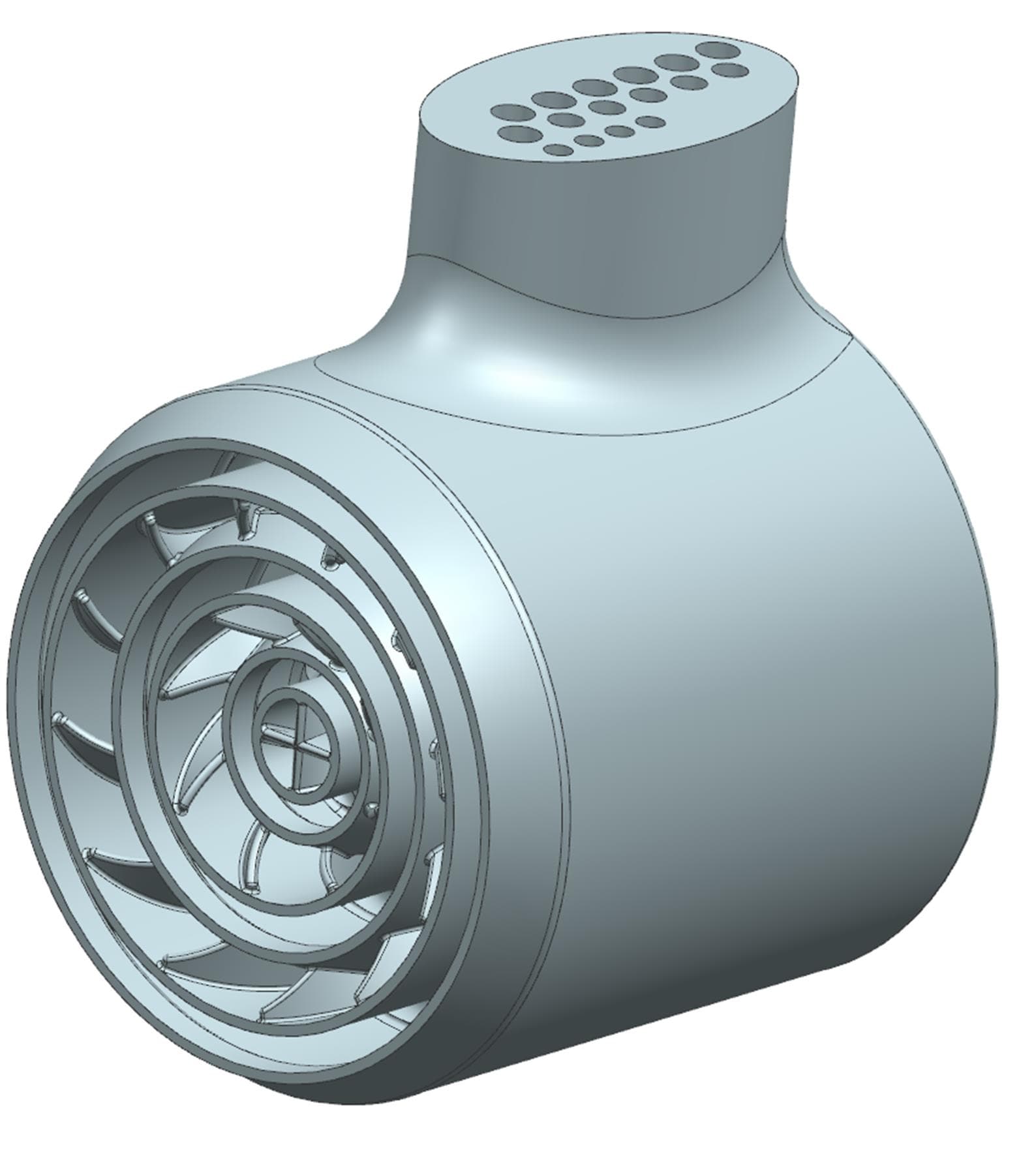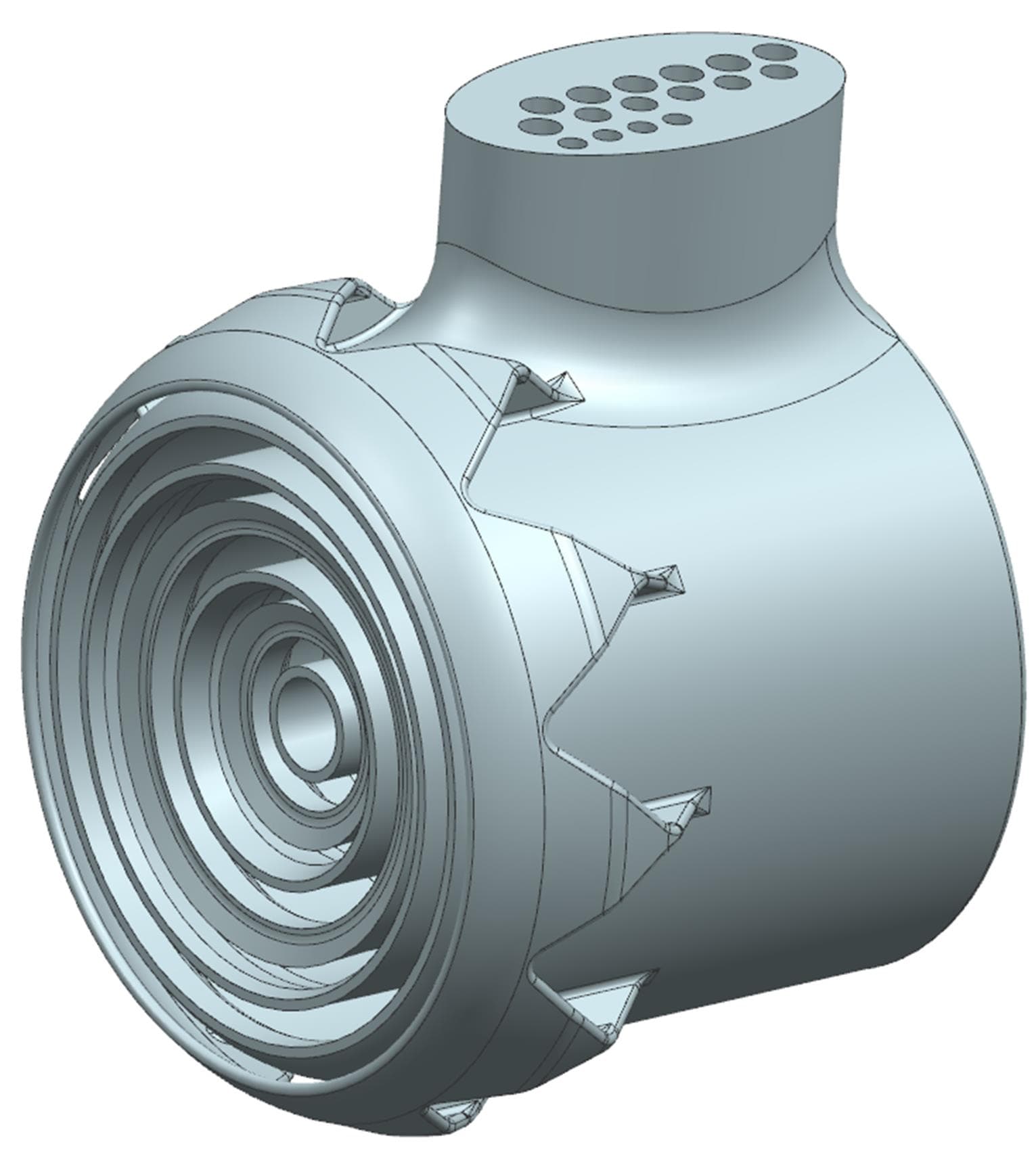Emerson Automation Solutions GmbH wants to raise the current desuperheater sprayheads to the next level through a change in the manufacturing method. The design freedom of an additively manufactured sprayhead leads to an increase in performance and omits current drawbacks.
Funded by the Swiss federal Innovation agency Innosuisse, Emerson Automation Solutions GmbH and the Institute of Product and Production Engineering IPPE and the Institute of Thermal and Fluid Engineering ITFE at Fachhochschule Nordwestschweiz performed a research project investigating the benefit of additive manufacturing (AM) for desuperheater sprayheads used in the energy sector that ran from 2018 to 2021.
A desuperheater is a device that injects a controlled amount of cooling water into a superheated steam flow in an effort to reduce or control the steam temperature. Desuperheaters come in various physical configurations and spray types that optimize performance within specified control parameters. The sprayhead of such a desuperheater consists of multiple pressure swirl nozzles, which form a hollow cone of water that will atomize to single droplets after a certain distance. The droplets in the steam cycle will evaporate after some time. The performance of a sprayhead is, among other things, measured by means of the evaporation distance. If there is a bend in the steam cycle downstream of the sprayhead and not all droplets are evaporated at this bend, corrosion and cracking can occur at the wall of the pipe. Therefore, a faster evaporation is better since it will drastically decrease the cost of a steam cycle. To get a fast evaporation the key factor is to produce small droplets with the used nozzles.
The project consisted of all stages for the development of a novel desuperheater sprayhead. Different sprayhead designs were established and investigated with CFD simulations. The performance of additively manufactured nozzles was optimized and quantified through droplet measurements. the arrangement of these optimized nozzles in the sprayhead were parametrized in order to have a sprayhead which can easily be adjusted in favour of its requirements. To ensure that the developed sprayhead can withstand the requirements lifetime calculations were performed.
The main project findings are the following:
1. The spray performance of a novel nozzle design made possible through AM (measured via droplet diameter) is about 10 percent better than conventional nozzles at a relative water pressure p_ref. At a pressure of (1/3)*p_ref, the performance is about the same.
2. Controllability of a whole desuperheater sprayhead containing nine nozzles of the new design (as measured via deviation between desired and actual control curve (sprayhead mass flow versus piston stroke)) is improved by more than 80 percent.
3. All leakage flows (which exist in conventionally manufactured sprayheads and lead to excessively large droplets) within the sprayhead containing novel nozzle designs have been eliminated.
In addition to that, with the newly developed sprayhead design, which is enabled by additive manufacturing, the lead time of sprayhead manufacturing is reduced and the design generation of new sprayheads for different applications has been automated and supported by a graphical user interface. This leads to a faster design generation of new sprayheads, which is less prone to errors in comparison to the completely manual design generation before.
